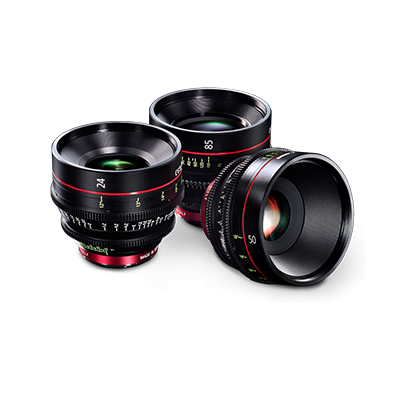The dos and don’ts of selling stock photography online
Stock photography may have an unglamorous reputation, yet it’s still used every day by countless media outlets and creative agencies. And producing it can be profitable—and creatively rewarding—for photographers who combine top-notch technical skills with an interest in visual storytelling and a willingness to work hard.
As in most walks of life, it’s that work that makes the difference: putting in the long hours to build a portfolio, do market research, and ensure your work gets maximum exposure. While there’s no foolproof way to find success as a stock photographer, following our tips below should help you set off on the right foot.
Getting started
DO develop a large portfolio. Each photo you sell will likely net you only a few dollars (and potentially even less than that), so maximizing your quantity is key.
But DON’T spread yourself thin by shooting subjects (or in styles) you’re not comfortable with. For example, if you’ve never done wide-angle landscapes before, it’d be unwise to focus on that genre. Your goal is to offer best-in-class images that have broad appeal but are nevertheless unique enough to stand out from the crowd. It’s not easy, so play to your strengths.
Submitting to stock sites
DO make your photos available on multiple stock websites, but read the terms and conditions for each one—to ensure you understand how fees are paid out, whether or not your retain rights to your work, etc.
DO also investigate contributing to curated stock agencies such as Offset and Stocksy. These sites hand-select the photographers they work with and the images that they make available for use. Their clients know they’re getting top-quality work and are willing to a pay a premium for it, which means higher royalties for contributors.
And speaking of, DON’T rule out licensing exclusively to one site—especially once you’ve been selling successfully for a while. Getty Images’ iStock, for example, pays a 15-percent commission to standard contributors, but between 25 and 45 percent for exclusive contributors. Stocksy also requests exclusivity of its photographers.
Identifying your images
DO make sure your photos are easily searchable, by giving them specific titles and tagging them with relevant keywords, including “conceptual” tags representing, well, the concepts and emotions depicted in your photo. So a photo of someone fixing a car might have keywords ranging from “mechanic” and “garage” to “concentration” and “blue collar”.
But DON’T try to game the system by using irrelevant tags. Someone looking for a photo of a carpenter isn’t suddenly going to change their mind and buy your pic of a boy climbing a tree just because it randomly showed up in a “woodworking” search.
Watching the market
DO keep on top of trends, both the hot topics for which unique imagery is in demand (and the subjects that are likely to blow up in the future), as well as stylistic trends.
But DON’T discount timeless subjects and genres that are perennially sought after—like “business” photos. Just be sure these pics stand out by offering a distinctive perspective or aesthetic.
Pleasing with people
Publishers are always looking for photos that tell a story, so DO focus on creating images with people actively doing something in them. And try to take advantage of your personal connections. If you know someone who owns a restaurant, ask if they’d allow you to photograph them at work in the kitchen.
And when it comes to those people, DO embrace diversity. Contemporary media outlets are highly cognizant of representing their readers and viewers—the majority of whom are unlikely to be white, middle-aged men.
But DON’T forget to get model releases from your subjects. Most stock sites won’t accept your photos for redistribution without them.









